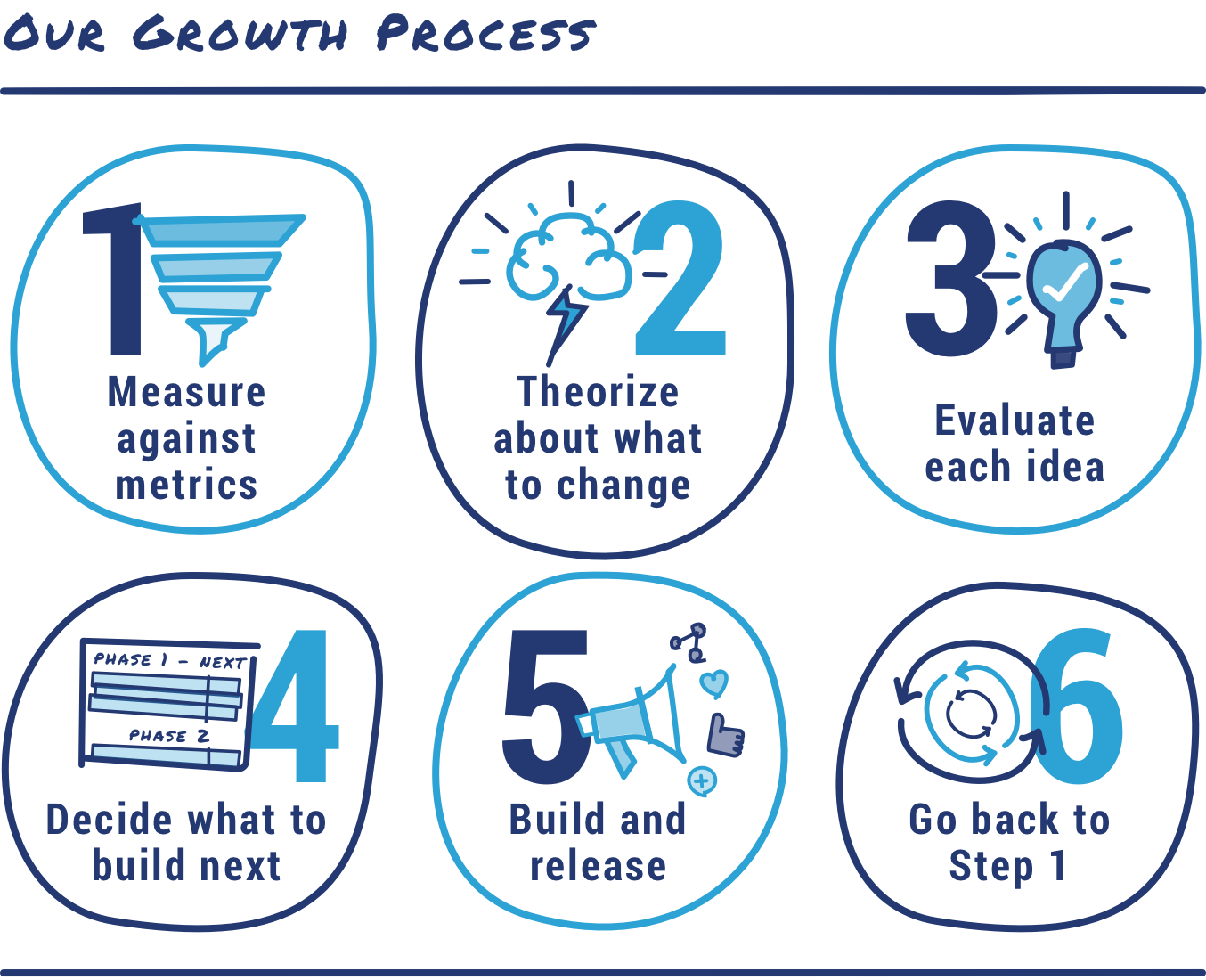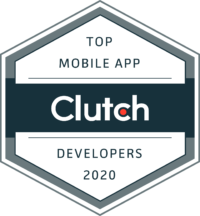In our time, few products have been as hyped as the Google Glass. The cutting-edge wearable was supposed to send us full force into the information age and change how we live, work and play. Given the exploding market for wearables, the sheer size of Google’s outreach potential, and the behemoth’s resources, the product should have been a sure-fire winner. So, why is it considered by many to be one giant failure?
You can point the finger at several different issues. For starters, X (formerly Google X), the research and development arm of Google, chose to release the product as finished, rather than the prototype it actually was. That meant it went to market with some major flaws. The decision to do so was admirable enough. The hope was to put the product into users’ hands and collect feedback so that the development team could improve the design. However, with users believing they were working with finely tuned, ready-for-market tech, the existing kinks were unacceptable to many.
Still, what most doomed the Google glass was the lack of a proven market fit. Google is massive, and the brains behind Google Glass might have believed the name, coupled with a really cool idea would be enough to encourage people to spend big ($1500) on the device. But they didn’t answer one critical question: Do people really want it?
It turns out, no. One primary function of Google Glass, to capture images and video, created serious privacy and safety concerns, and it was banned by a range of businesses and establishments. The other, to put all the information of the Internet in front of you at all times, wasn’t something that people cared enough about. In fact, it’s been reported that the engineers who developed the product didn’t even agree on how and when it should be used.
Even the power of Google’s data universe and marketing potential couldn’t overcome the product’s faults. The company made the decision to pull it from the market in January 2015, just months after it was made available to the public in May 2014.
It’s an important lesson for all of us. No matter how thorough your marketing strategy or how large your marketing budget, if the product isn’t solid, it’s not going to succeed. It’s a big misconception that “Growth” is all about what happens after a product is released. At Rocket Farm, we play a part in growing your app by making sure the product is what the market wants—very early in the process during Discovery, through Design and Development —and then after launch, through a highly-detailed and dedicated process called Growth.
Build-Test-Learn … Build Better
The X developers had the right idea: release a product and then let the users tell you how to improve it because you can’t build a product and consider it done. You must continuously tweak and improve it if you want to build and retain loyal users. To do that, you must know what to fix and how to fix it first.
So, at Rocket Farm, we focus on developing a Minimum Viable Product (MVP) first, and then we build, test, learn and build better. “To a certain extent, the MVP just gets you to the starting line, not the finish line. That’s when the hard work begins,” says Dan Katcher, founder of Rocket Farm. “But you must lay a solid foundation. If your MVP is bad, it could destroy your chances of success.” And that, perhaps, was X’s biggest mistake. They released a faulty MVP for Google Glass.
At Rocket Farm, after we launch the MVP, we begin collecting data and user feedback and then continuously roll out new or improved features to better meet market demands and improve performance across the entire user life cycle:
- Acquisition: Bringing in more users to learn about the product
- Activation: Getting more users to try the product
- Monetization: Converting users into paying customers
- Retention: Keeping paying customers happy
To do that, we:
- Track features against core metrics to see where we are winning and losing
- Prioritize relentlessly to dedicate resources and time
- Involve product management, engineering, design, data and marketing teams to prioritize improvements
- Follow a highly disciplined development process, because new features/changes/bugs are constantly being pushed and the team must maintain an extremely high level of quality
“Retention is everything, says Dan. “We follow the Sean Ellis way of thinking, which says if 40% of your users can’t live without your product, you are ready to start scaling.”

A Deeper Look at the Rocket Farm Studios Growth Process
For us, Growth is all about figuring out what your audience likes—and dislikes—about your product. Through testing, learning and building, the goal is to refine everything, from the product itself to the branding and marketing messages to give it the best chance of succeeding. Here is how our six-step process works:
- Step 1: Measure user data against the metrics. We identify and monitor critical metrics (e.g., on fire, leading vs. lagging, causal vs. correlated) and take an objective look at the product and customer funnel.
- Step 2: Theorize and ideate about what to change based on the data. We use hard and soft data from the metrics analysis to brainstorm improvements, new features, existing channel optimizations or new channel discovery.
- Step 3: Evaluate each idea. We take a hard look at each idea and gauge its merit against impact, ease of implementation and our overall confidence that it’s the right thing to do.
- Step 4. Decide what to build next based on our findings. Through relentless prioritization, based on group consensus on which ideas will deliver the most impact, we determine which ideas to experiment with next.
- Step 5: Build and release. We develop new features and work with marketing to experiment with channels and messages.
- Step 6. We start all over again, as needed. If you are ready to test to new features or ideas, we’ll keep going for as long as you need us.
Learn more about our Growth service.
“Our growth team recognizes that improvements can be made anywhere and everywhere. We work to measure the results and use the data to support our theories. It’s not just about new product features; it’s about truly finding Product Fit, Market Fit, Channel Fit and Model Fit,” adds Dan. “That’s our focus during Growth, and we’ll work with you after launch for as long as you need us to meet that objective.”
Make sure you have a product that is worth marketing.
Contact us today to learn about our end-to-end app development solution.






